San Francisco (6,017m) may not be a household name, but it’s a true gem of high-altitude mountaineering. Located on the Chile–Argentina border in the heart of the Atacama Desert, it’s often considered the most accessible 6,000-meter peak in the world — and the perfect high-altitude school.
This expedition follows the same route used by teams acclimatizing for Ojos del Salado, the highest volcano on Earth. With a straightforward and proven acclimatization plan, we’ll reach extreme altitudes using 4WD vehicles — getting as high as 5,200 meters without heavy loads or complex logistics.
The entire itinerary was designed by Maximo Kausch, the current world record holder with over 90 climbs above 6,000 meters across the Andes.
🧭 Experience Since 2012: We’ve been operating in the Atacama since 2012, with over 21 expeditions in the region. Our itinerary has been refined year after year for maximum acclimatization efficiency and success rates.
⛺ Exclusive Basecamp Infrastructure: We offer a private basecamp with a solid dining tent, storage tent, toilet tents, and thousands of liters of clean water. We also provide Starlink internet, generators (plus backup), and weather updates — a level of support unmatched in the region.
👨🍳 Real Chefs at Altitude: For the last 3 years, we’ve brought professional chefs to basecamp to prepare high-quality meals — far beyond standard expedition food.
🗺️ Local Expertise: We’ve climbed every 6,000-meter peak in the region and know all possible acclimatization routes. Our deep knowledge allows us to adapt the program to weather and team needs in real time.
📊 Proven Acclimatization Strategy: We track oxygen saturation throughout the expedition and consistently see excellent results — clients arrive at summit day strong and well-acclimatized.
🩺 Medical Expertise & Daily Health Checks: Our guides are highly trained in high-altitude medicine — and Maximo Kausch himself teaches it to doctors. We conduct daily health checks every afternoon, carry medical oxygen, and focus on prevention. Thanks to this approach, we’ve had no severe altitude-related incidents in years.
🧑🤝🧑 Best Guide-to-Client Ratio: On summit pushes, we usually have 1 guide for every 2 to 2.5 clients — significantly better than the industry average.
🌍 World-Class Guides: Our guides don’t just work in Chile. They also guide in the Himalayas, Aconcagua, Bolivia, and other high-altitude destinations worldwide.
🎯 Join us for a unique high-altitude experience in the driest and most surreal desert on Earth — a perfect introduction to 6,000-meter climbing.
We’ll greet you at the airport, approximately 50 km from Copiapó. On the same day, we’ll review your personal gear, make final adjustments, and shop for anything necessary. Tonight, enjoy our first group dinner and meet your teammates!
Included: Transport, hotel 🛏️
After a scenic 210 km drive, we’ll settle into a cozy mountain hut next to the stunning salty Laguna Santa Rosa.
Included: Breakfast, transport, lunch, dinner
Today we tackle Siete Hermanas! Depending on the group’s fitness level, we aim for the summit or go as high as comfortably possible to support acclimatization.
Included: Breakfast, lunch, dinner
After a generous breakfast, we’ll drive 120 km to our private basecamp at Laguna Verde. Our comfortable camp includes Starlink internet, a generator, dining tent, kitchen, toilets, and showers.
Included: Breakfast, lunch, dinner
Another important acclimatization day climbing Mulas Muertas, situated close to camp. We’ll keep it relaxed, ascending comfortably without straining our bodies.
Included: Breakfast, lunch, dinner
Rest, recharge, and enjoy the beautiful views at Laguna Verde.
Included: Breakfast, lunch, dinner
We’ll drive up to approximately 5,900m, followed by a short hike reaching up to 6,000–6,100m. This crucial acclimatization ensures we’re ready for Nevado San Francisco and Ojos del Salado.
Included: Breakfast, lunch, dinner
Another day to rest and prepare mentally and physically for the climbs ahead.
Included: Breakfast, lunch, dinner
After an early breakfast, we’ll gear up and drive 30 minutes to start our climb at 5,000m. This challenging yet rewarding climb via the north ridge takes around 5–7 hours. A successful summit boosts confidence and acclimatization for Ojos del Salado!
Included: Breakfast, packed lunch, transport, dinner
Drive back to Copiapó and rest after our epic adventure.
Included: Transport, hotel 🏨
Fly home, carrying memories of an incredible experience!
Included: Hotel breakfast, airport transfer
Having the right mountaineering gear is essential for a successful expedition. Your equipment will be personally checked by one of our guides upon arrival at the hotel. Don’t worry if you’re missing something — you can easily rent or buy all necessary mountaineering equipment in Copiapo. Check our FAQ section for updated rental prices and details.
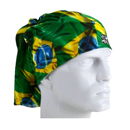
Bandana
Buff or similar
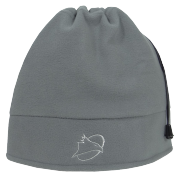
Hat
Woollen hat or similar for cold days
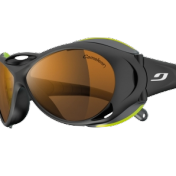
Sunglasses (cat 3 or 4)
With side protection to fit your face
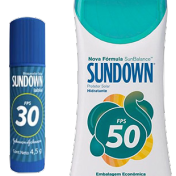
Sunscreen and lip balm
30 FPS or more
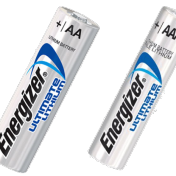
Batteries
AA or AAA batteries depending on your headtorch. Can be purchased in local store.
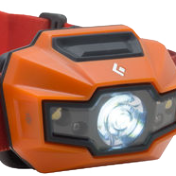
Headtorch
Working headtorch and spare batteries
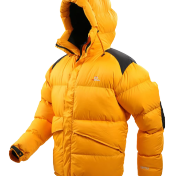
Summit Down Jacket
Heavy hooded down jacket for cold conditions
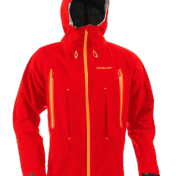
Snowproof jacket
A good snow, rain and windproof jacket
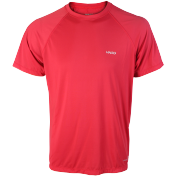
T-shirt
Synthetic fibre long or short sleeve t-shirt
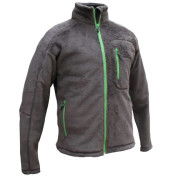
Fleece jacket
Used alone or as part of a layer system for better performance
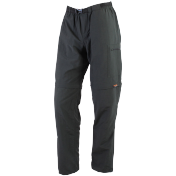
Trekking pants
Light trekking pants
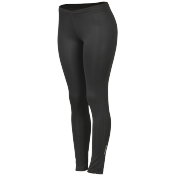
Base layer pants
For very cold days and summit push
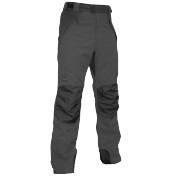
Snowproof pants
Goretex or similar pants will be used for high wind or during snow conditions
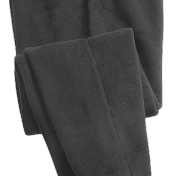
Fleece Pants
Fleece, polartec or similar. To be used with other layers for very cold conditions

Hand warmers
Chemical hand warmers for the summit push.
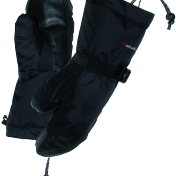
Mittens
Thick down mittens for summit push
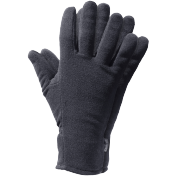
Gloves
Fleece or polartec gloves for every day use
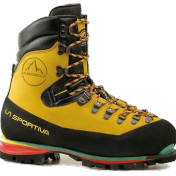
Single layer boots
Any single layer boot such as Nepal Extreme, Latok, Batura, pro Thermic Salomon, Super Mountain 9 Salomon, etc
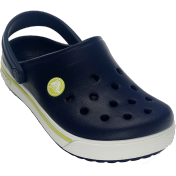
Sandals or crocs
Sandals or crocs for river crossing or hanging around camp
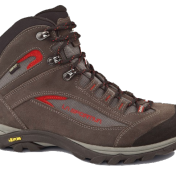
Trekking boots
Waterproof trekking boots, try wearing them before the expedition
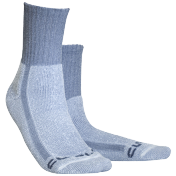
Trekking socks
Good thick trekking socks
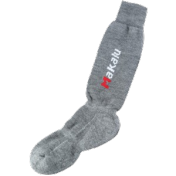
Thick expedition socks
For summit day
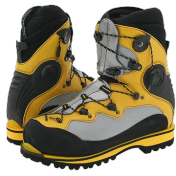
Double boots
A pair of double or double plastic boots such as Koflach Exped, Koflach Vertical, Asolo Ottomilla, Asolo AFS, Trezetta, Scarpa Vega, Scarpa Inferno, La Sportiva Baruntse, Olympus Mons, La Sportiva Spantik, Scarpa Phantom, La Sportiva G2.
Single layer boots such as La Sportiva Nepal XT, EVO, Batura or Boreal Latok, ARE NOT SUITABLE.
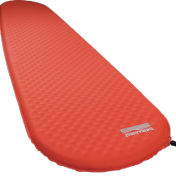
Inflatable matress
An inflatable mattress and its repair kit
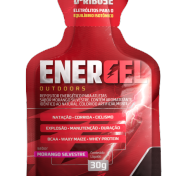
Carbo gels
These gels help out on recovery
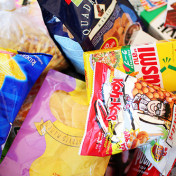
Snacks
Salty snacks, sweets, etc. Any sort of tasty ready food as complement. On high altitude mountains we don’t normally worry about vitamins and proteins as these kinds of food are too hard to digest. You can buy all these in a local market.
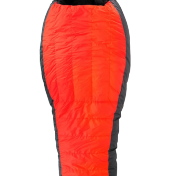
Sleeping Bag
A good down sleeping
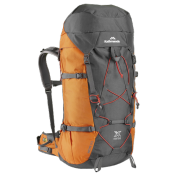
Rucksack
A decent rucksack with hip belt and rain cover
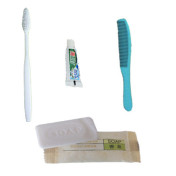
Personal Hygiene kit
Soap, tooth brus, come, etc
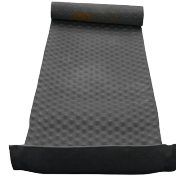
Sleeping mattress
We prefer taking 2 foam sleeping mattress because of sharp rocks. If you have an inflatable mattress you should also bring a foam mattress to protect the inflatable one against sharp rocks. Don’t forget bringing a repair kit if you have an inflatable mattress.
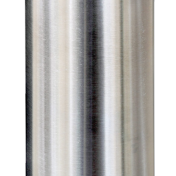
1 litre thermos
Metallic good quality 1 litre thermos for the summit push. You must have one. Please do not bring smaller ones.
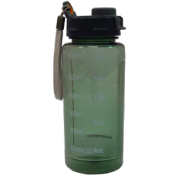
Water bottle
Nalgene 1 litre bottles or similar are great for expeditions! We prefer to not use camelbacks as its hose pipe might freeze
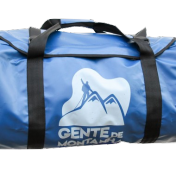
Duffel Bag
Used to transport or store your equipment. In many cases, we transport your personal gear on animals and we don’t want your equipment to get wet or have mule smell…
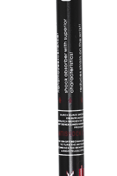
Trekking poles
Gives you more stability during walk and summit push.
Not exactly. While it’s not a technical climb, Nevado San Francisco reaches an impressive 6,023 meters — and altitude at that level is no joke. Many people have underestimated this mountain, facing serious consequences from cold, exhaustion, and altitude-related issues. Respect and preparation are key.
To join this expedition, prior experience at high altitudes is highly recommended. You don’t need to be a technical climber, but you should be familiar with the effects of altitude and basic snow walking. Treks like Everest Base Camp, Annapurna Base Camp, or even Machu Picchu are great preparation.
Yes, absolutely! You’ll need to adjust your return flight and pay an extra fee to continue, but both are easily managed with our Starlink internet at basecamp. In fact, many of our climbers decide to continue after San Francisco once they see how well they’ve acclimatized.
The best option is to fly first to Santiago, Chile (usually via LATAM), and then take a connecting flight with Sky Airlines to Copiapó. This second flight can often be inexpensive. Alternatively, consider searching for direct flights from your home country to Copiapó, as LATAM sometimes offers cheaper connections.
The huts are mostly abandoned and maintained only occasionally by climbers and commercial expeditions. Laguna Santa Rosa Hut is better preserved thanks to its proximity to a CONAF (National Park Service of Chile) station. It comfortably fits nine people on mattresses. We primarily use Laguna Santa Rosa, and Tejos hut is available for emergencies.
Yes, all essential gear can be rented in Copiapó. Please let us know in advance. 2024 rental prices are: Thermal sleeping pad ($35), Down jacket ($115), La Sportiva double boots ($130), Down mittens ($50), Crampons ($50), Climbing helmet ($40), Ice axe ($50), Sleeping bag rated -5ºC to -10ºC ($90).
Yes, and that’s our goal — but the focus is optimal acclimatization, not ticking summits. The itinerary includes peaks like Siete Hermanas and Mulas Muertas. Depending on weather and group condition, not all acclimatization summits may be completed.
Yes! We have solar panels and a generator at basecamp so you can charge your phone, camera, GPS, or other electronics.
Yes. There are exchange offices that accept USD, Euros, and British pounds. The best rates are typically for US dollars.
Yes. Our basecamp has Starlink internet, and we carry a satellite phone for emergencies or urgent communication throughout the expedition.
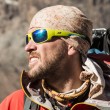
Language skills:
| English - native speaker |
| Spanish - native speaker |
| Portuguese - native speaker |
Maximo Kausch is one of the most accomplished and experienced high-altitude mountaineers in the world. Born in Argentina, raised in Brazil, and educated in the UK, he has been climbing for over 25 years and guiding professionally since the age of 23. He has led more than 118 expeditions, many to extreme altitude regions across the Andes, Himalayas, and beyond.
Recognized by Guinness World Records, Maximo holds the record for the most 6,000-meter peaks climbed—90 in the Andes alone—and has summited over 260 peaks above 5,500 meters. He’s participated in at least 11 expeditions to 8,000-meter peaks, including the formidable K2 in Pakistan.
In 2012, Max launched the Andes 6K+ Project, aiming to climb all 104 Andean peaks over 6,000 meters. To date, he has completed 85% of the challenge, including a solo season where he climbed 30 of these peaks alone—an unprecedented feat in South American mountaineering.
Beyond guiding, Max researches high-altitude medicine, teaches courses for physicians, and contributes to the classification and naming of Andean peaks. Known for his calm approach and meticulous planning, he emphasizes safety and acclimatization in every expedition.
Founder of Andes Specialists, Max shares his passion with climbers from all backgrounds. He’s visited over 30 countries, always seeking out remote and challenging mountains. Despite the records, Max remains focused on learning and sharing his love for the mountains with humility and dedication.
More about Maximo Kausch
World Record on 6000 metre peaks

Language skills:
| English - Good command |
| Spanish - native speaker |
| Portuguese - Good command |
Jorge Spur was born in Trelew, a city in the province of Chubut, in Argentine Patagonia, near the sea. At the age of 12, his family moved to Epuyen, a small town nestled in the mountains of Northern Patagonia. It was in this environment that Jorge began to explore and climb mountains from an early age. At 15, a physical education teacher introduced him to the fundamentals of hiking through the forests and mountains of the region.
He earned his Trekking Guide certification in 2011 and became a certified Mountain Guide in 2013 through the Provincial School of High Mountain and Trekking Guides in Mendoza. Over the course of his career, Jorge has climbed various mountains in Patagonia, the Central Andes, Bolivia, and Brazil.
Since 2015, Jorge has been working as a guide with Gente de Montanha, where he is also responsible for expedition logistics during the summer season in Argentina. During the rest of the year, he returns to Epuyen, where he dedicates himself to mountaineering, climbing, trekking, kayaking, and cycle touring—always planning his next adventure.
Throughout his career, Jorge has led more than 25 expeditions to Mount Aconcagua, completed over 42 expeditions to mountains above 6,000 meters, and helped more than 150 people achieve their mountaineering dreams. He has been guiding for Gente de Montanha for over 10 years.
Base Package: USD 2,550
2024 rental prices – confirm availability in advance: